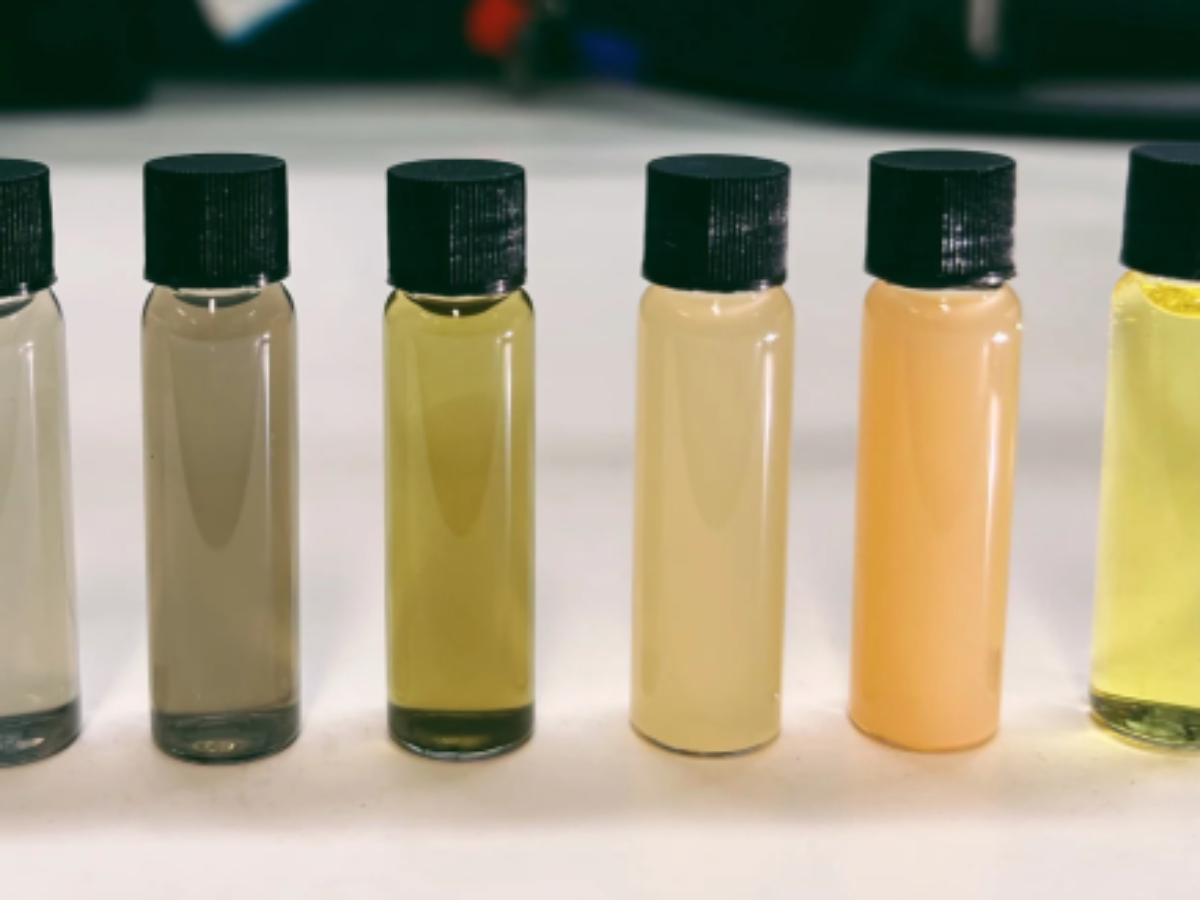‘Phase change inks’ can reduce energy consumption – study

University of Melbourne research into new inks has has raised the prospect that the use nanoparticles has the potential to play an important role in reducing our reliance on energy production.
According to the university’s Dr Mohammad Taha, lead research report author, these inks can adjust the amount of radiation that can pass through them, based on the surrounding environment.
This means they could be used to develop coatings for buildings that enable passive heating and cooling – reducing our need to rely on energy creation to regulate environments.
Dr Taha said: “Passive climate control can reduce the severity of extreme conditions and help create comfortable living conditions without expending energy unnecessarily.
“By engineering our inks to respond to their surroundings, we not only reduce energy expenditure, but negate the need for auxiliary control systems to adjust temperatures – these controls, like air conditioning or gas heating, are additional energy waste.”
The study, Infrared modulation via near-room-temperature phase transitions of vanadium oxides & core–shell composites, was published in the Journal of materials Chemistry.
Dr Taha said earlier research has suggested ‘phase change materials’ such as vanadium oxide (VO₂) used triggers, like heat, electricity or some other type of strain, which would create enough energy for the material to transform itself under stress.
But they needed to be heated to very high temperatures to activate their ‘phase changing’ properties.
In the Melbourne research, supported by the Victorian government’s Defence Science Institute, they tested whether it was possible to trigger an insulator-to-metal transition (IMT) reaction at more practical temperatures of around 30-40°C.
Dr Taha said researchers identified two ways to do this:
- In the first, researchers changed the properties of the material itself to create a much more strained compound, so the transformation process is triggered at lower temperatures
- And the second way was to surround the molecule in glass nano-spheres, which introduces an external stressor – again, ramping up the strain increases the energy to the molecule, which activates its transformative properties.
Dr Taha said: “Our printable material is a proof-of-concept that’s versatile and adaptable – it can be laminated, sprayed or added to paints and building materials.
“These semiconductors can also be incorporated into clothing, regulating body temperature in extreme environments, or in the creation of large-scale, flexible electronic devices.”
The next step involves taking the research, which has been patented by the University of Melbourne, to production.
“The potential of this material is huge as it can be used for so many different purposes, like preventing heat build-up in laptop electronics or protecting car windshields.”
Picture: University of Melbourne
Topics Technology
@aumanufacturing Sections
Analysis and Commentary Awards Defence Manufacturing News Podcast Technology Videos






